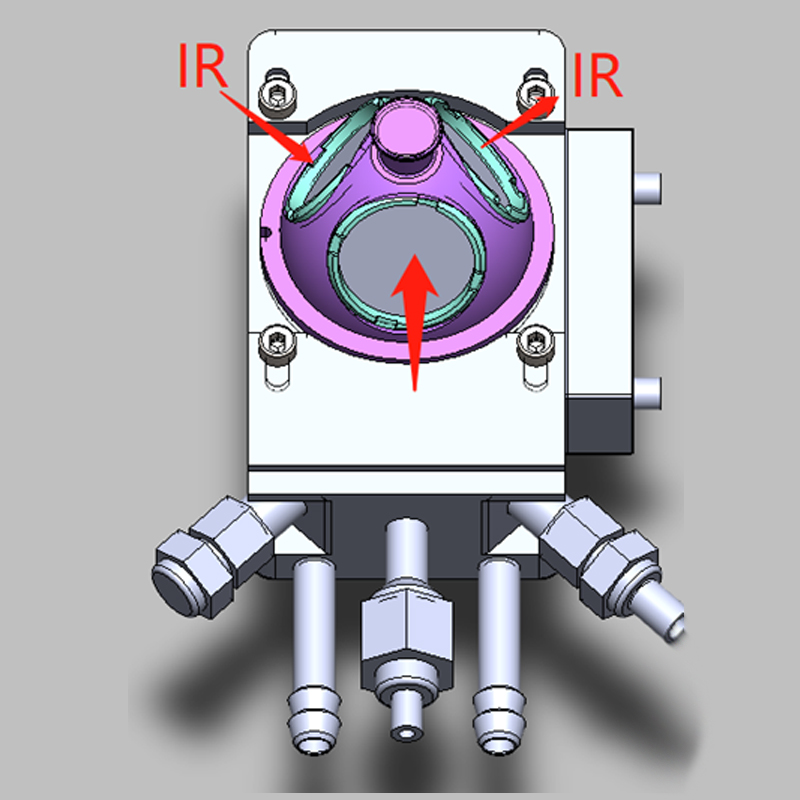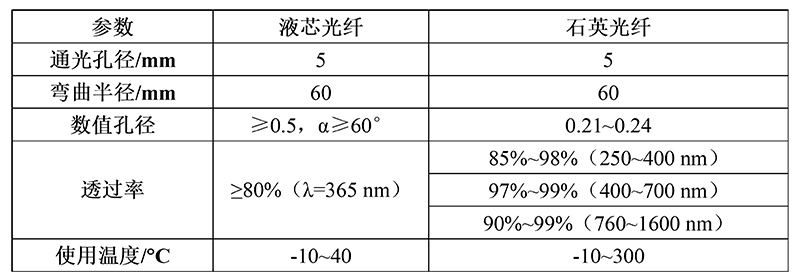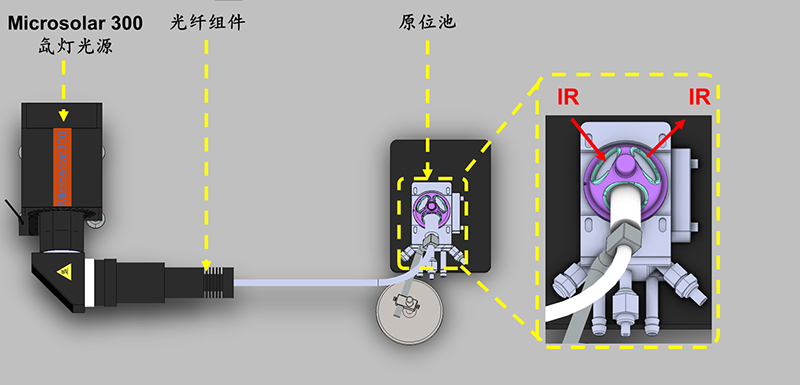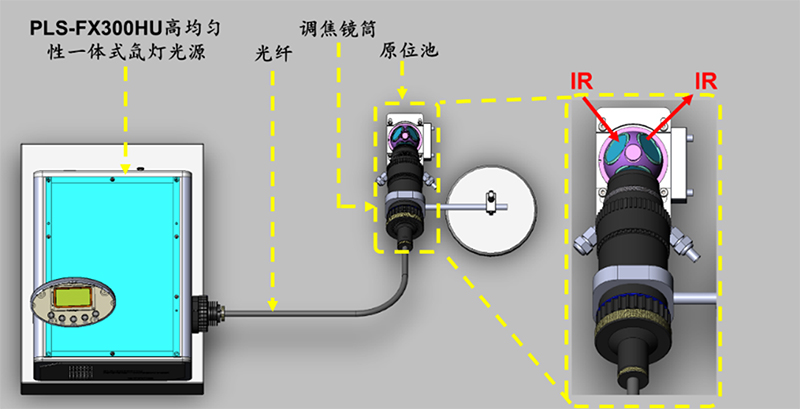Original work is not easy. If you wish to republish this article, please contact the staff and mention the source in the republished article. Otherwise, infringement will be pursued!
One of the primary scientific challenges in current photocatalytic CO₂ reduction research is the lack of extensive mechanistic studies, making it difficult to control the selectivity of reduction products[1, 2].
Photocatalytic CO₂ reduction involves various reaction pathways and complex intermediates[3]. Therefore, mechanistic studies contribute to a deeper understanding of the complex reaction kinetics of photocatalytic CO₂ reduction and aid in the rational design of highly active and selective photocatalysts[4].
Currently, mechanistic studies of photocatalytic CO₂ reduction primarily rely on in-situ characterization techniques to identify reaction intermediates and catalytic active sites[4]. The main in-situ characterization techniques involved include in-situ electron paramagnetic resonance (EPR), in-situ diffuse reflectance UV-visible spectroscopy (UV-vis), and in-situ diffuse reflectance infrared spectroscopy (DRIFTS)[5-7], with in-situ diffuse reflectance infrared spectroscopy (DRIFTS) being the most common[8-13].
The in-situ diffuse reflectance reaction cell mainly consists of three windows, with two windows made of ZnSe or KBr for the entry and reflection of infrared light, and the third window made of SiO₂ for light input, as shown in Figure 1.

Figure 1. Schematic of the in-situ diffuse reflectance reaction cell
To simulate the reduction process accurately, in-situ infrared spectroscopy tests strive to match the spectrum and intensity of the light source used in activity assessments, typically employing a xenon lamp light source.
However, xenon lamp light sources have relatively large lamp housings, making them challenging to maneuver in confined spaces, which severely limits space during in-situ infrared testing. Building upon the Microsolar300 xenon lamp light source, Perfectlight Technology has introduced the PLS-300 optical fiber module. This module redirects light into the reaction cell through optical fibers. It offers a suitable output light spot size with a 5 mm diameter and occupies minimal space, making it convenient to use.
There are two options available: quartz optical fiber and liquid core optical fiber, with specific parameters shown in Table 1.
Table 1. Optical fiber specifications

A specific usage scenario is illustrated in Figure 2.

In addition, to meet the requirements for high-intensity and uniform light experiments, Perfectlight Technology has developed the PLS-FX300HU high uniformity integrated xenon lamp light source. It includes a focusing lens barrel at the fiber optic exit to converge light for increased light power density, with a maximum output light power density ≥700 mW/cm². The focusing lens barrel can also adjust the light spot size, with a continuously adjustable square light spot size from 10×10 to 50×50 mm², ensuring full coverage of the catalyst working area. It offers high light spot uniformity, meeting the requirements of Class A solar simulators, making it a specialized xenon lamp light source for photocatalysis research.
Specific usage scenarios and customer site images are shown in Figures 3 and 4.

Figure 3. Usage scenario of PLS-FX300HU high uniformity integrated xenon lamp light source and in-situ diffuse reflectance reaction cell
![Customer Site Image - PLS-FX300HU High Uniformity Integrated Xenon Lamp Light Source and In-situ Diffuse Reflectance Reaction Cell[14].jpg Customer Site Image - PLS-FX300HU High Uniformity Integrated Xenon Lamp Light Source and In-situ Diffuse Reflectance Reaction Cell[14].jpg](/Uploads/UserFile/Image/1/20230208/63e34b4025f01.jpg)
Figure 4. Customer site image of PLS-FX300HU high uniformity integrated xenon lamp light source and in-situ diffuse reflectance reaction cell[14]
The above text is a translation and summary based on reference materials. If there are any errors, please feel free to point them out!
[1]Shen Huidong, Peppel Tim*, Sun Zhenyu*, et. al., Photocatalytic reduction of CO2 by metal-free-Based materials: recent advances and future perspective[J]. Solar RRL 2020, 4, 1900546.
[2]Fu Junwei, Yu Jiaguo*, Liu Min*, et. al., Product selectivity of photocatalytic CO2 reduction reactions[J]. Materials Today, 2020, 32, 222-243.
[3]Behera Arjun, Kumar Kar Ashish, Srivastava Rajendra* et. al., Challenges and prospects in the selective photoreduction of CO2 to C1 and C2 products with nanostructured materials: a review[J]. Materials Horizons, 2022, 9, 607-639.
[4]Shen Huidong, Peppel Tim*, Sun Zhenyu*, et. al., Photocatalytic reduction of CO2 by metal-free-Based materials: recent advances and future perspective[J]. Solar RRL 2020, 4, 1900546.
[5]Lin Lin, Zhang Xuehua*, He Tao*, Highly efficient visible-light driven photocatalytic reduction of CO2 over g-C3N4 nanosheets/tetra(4-carboxyphenyl)-porphyrin iron(III) chloride heterogeneous catalysts[J]. Applied Catalysis B: Environmental, 2018, 211, 312-319.
[6]Yang Sizhuo, Zhang Jian*, Huang Jier*, et. al., 2D covalent organic frameworks as intrinsic photocatalysts for visible light-driven CO2 reduction[J]. Journal of the American Chemical Society, 2018, 140, 14614-14618.
[7]Zhao Junze, Ji Mengxia, Xia Jiexiang*, et. al., Interfacial chemical bond modulated Bi19S27Br3/g-C3N4 Z-scheme heterojunction for enhanced photocatalytic CO2 conversion[J]. Applied Catalysis B: Environmental, 2022, 307, 121162.
[8]Kou Mingpu, Liu Wei, Ye Liqun*, et. al., Photocatalytic CO2 conversion over single-atom MoN2 sites of covalent organic framework[J]. Applied Catalysis B: Environmental, 2021, 291, 120146.
[9]Kou Mingpu, Liu Wei, Ye Liqun*, et. al., Photocatalytic CO2 conversion over single-atom MoN2 sites of covalent organic framework[J]. Applied Catalysis B: Environmental, 2021, 291, 120146.
[10]You Feifei, Wan Jiawei, Wang Dan*, et. al., Lattice distortion in hollow multi-shelled structures for efficient visible-light CO2 reduction with a SnS2/SnO2 junction. Angewandte Chemie International Edition, 2020, 59: 721.
[11]Feng Yibo, Wang Cong*, Han Xiaodong*, et. al, Ultrahigh photocatalytic CO2 reduction efficiency and selectivity manipulation by single-tungsten-atom oxide at atomic step of TiO2[J]. Advanced Materials, 2022, 34, 2109074.
[12]Meng Jiazhi, Duan Yongyu, Zhou Xiaoyuan*, et. al, Facet junction of BiOBr nanosheets boosting spatial charge separation for CO2 photoreduction[J]. Nano Energy,2022.92, 106677.
[13]Liu Qiong, Cheng Hui*, Wang Fuxian*, et. al, Regulating the *OCCHO intermediate pathway towards highly selective photocatalytic CO2 reduction to CH3CHO over locally crystallized carbon nitride[J]. Energy Environmental Science, 2022,15, 225-233.
[14]Ma Xiaohong, Li Danyang, Yuan Fangli*, et. al, Confined space and heterojunction dual modulation of ZnO/ZnS for boosting photocatalytic CO2 reduction[J]. Solar RRL 2023. DOI: 10.1002/solr.202201093.